Transform fallen leaves, pinecones, and driftwood into stunning eco-friendly art pieces while exploring Ontario’s natural wonders through outdoor adventure activities. Create ephemeral sculptures using found materials like stones and branches, leaving no trace behind while expressing creativity in harmony with nature. Fashion delicate wind chimes from beach glass and weathered wood, connecting children with their environment through hands-on exploration and artistic expression. Turn invasive plant species into handmade paper and natural dyes, transforming environmental challenges into opportunities for creative learning and conservation awareness.
Nature provides an endless canvas for sustainable crafting, where every fallen feather and shaped stone tells a story. These mindful activities not only spark imagination but also foster a deep connection with our environment, teaching valuable lessons about conservation through artistic discovery. Whether weaving grass baskets or crafting bark rubbings, each project becomes a gateway to understanding and protecting our natural heritage.
Nature’s Art Supplies: What You Can (and Can’t) Use
Safe Materials to Collect
Ontario’s natural spaces offer a treasure trove of eco-friendly materials perfect for crafting. Fallen leaves, especially maple leaves in autumn, provide vibrant colors and interesting textures. Gather pinecones from the ground during your forest walks – they’re fantastic for decorative projects and completely renewable. Smooth stones from permitted beach areas make excellent painting surfaces or can be used in rock gardens.
Dead branches and twigs that have already fallen are perfect for creating rustic picture frames or wildlife-inspired sculptures. Cattails and dried grasses (ensuring they’re not rare species) can add wonderful texture to your creations. Keep an eye out for acorns, nuts, and seedpods that have naturally dropped – they’re nature’s perfect decorative elements.
Remember to collect only what you need and avoid taking from living plants. Instead, focus on materials that are already on the ground. When gathering items like moss or lichen, take only small amounts from different areas to minimize impact. A good rule of thumb is to leave each area looking exactly as you found it, ensuring others can enjoy the same natural beauty.
Materials to Leave Untouched
While exploring Ontario’s natural spaces, it’s essential to know which materials should be left untouched for environmental preservation. Protected wildflowers, including our beloved trilliums and lady’s slippers, should never be picked or collected. These delicate beauties are crucial for local ecosystems and, in many cases, are protected by law.
Avoid collecting bird nests, feathers, and eggs, even if they appear abandoned. These items are protected under the Migratory Birds Convention Act, and disturbing them can impact wildlife populations. Similarly, leave moss and lichen undisturbed, as they take years to grow and provide essential habitats for tiny creatures.
Tree bark should remain on living trees, as removing it can harm their health. Instead of collecting actual specimens, consider taking photos or making sketches of interesting natural items you find. Watch out for endangered plant species and mushrooms too – while they might look tempting for crafting, many are vital for forest health and some mushrooms can be dangerous to handle.
Remember, the best souvenirs are memories and photos, leaving nature exactly as you found it for others to enjoy.
Fun Eco-Art Projects for Your Ontario Park Adventure
Temporary Nature Mandalas
Creating nature mandalas is a wonderful way to connect with Ontario’s natural environment while making stunning, ephemeral art. Begin by finding a flat, clear space in your outdoor setting – this could be on a hiking trail, beach, or forest clearing. Collect fallen materials like colorful leaves, pine cones, twigs, pebbles, and wildflowers (remember never to pick living plants).
Start from the center of your design, placing your chosen items in a circular pattern. Work outward in rings, alternating your natural elements to create intricate patterns. Try using contrasting colors, like red maple leaves against white stones, or experiment with different textures by combining smooth pebbles with rough bark.
Insider tip: Take a photo of your creation before leaving – these artworks are meant to be temporary and will naturally disperse back into the environment. The impermanence is part of their beauty! Consider visiting during different seasons to work with varying materials, from spring wildflowers to autumn leaves.
This mindful activity helps us appreciate nature’s beauty while practicing the “leave no trace” principle, as all materials return to their natural cycles.

Natural Wind Chimes
Transform fallen branches and natural materials into melodic wind chimes that sing with every breeze! Start by collecting sturdy branches about 1-2 feet long – look for those already on the ground to protect our forests. Cedar and birch work beautifully, as they’re naturally resistant to weather.
Create your top piece by selecting a larger branch (about 2-3 inches thick) and drilling small holes about 2 inches apart. Thread natural twine or jute through these holes – this is where you’ll hang your chimes. For the hanging pieces, select smaller branches of varying lengths to create different musical notes. The longer the piece, the deeper the tone!
Pro tip: Add pinecones, hollow seed pods, or dried gourds for extra magical sounds. Before hanging your chimes, sand the branches lightly to prevent splinters and consider coating them with natural beeswax for weather protection.
Remember to place your wind chimes where they can catch the breeze but won’t disturb local wildlife. The gentle, natural tones will remind you of your crafting adventure every time the wind blows through your backyard or garden!

Forest Photography Tips
Capturing the magic of Ontario’s forests through your camera lens is a wonderful way to create lasting natural art. When exploring Ontario parks, try getting down low to photograph mushrooms and forest floor details from their level – you’ll be amazed at the tiny worlds that emerge. Early morning or late afternoon light filtering through the trees creates stunning natural spotlights that can transform ordinary scenes into extraordinary images.
For the best forest photos, look for natural frames created by tree branches or use fallen logs to lead the viewer’s eye through your composition. Rainy days are perfect for capturing vibrant colors, as wet leaves and bark appear more saturated. Don’t forget to bring a macro lens or use your phone’s close-up mode to document intricate patterns in tree bark, lichens, and delicate wildflowers.
Remember to stay on marked trails and never disturb plants or wildlife while photographing. Consider creating a photo journal of seasonal changes in your favorite forest spot – it’s a wonderful way to connect with nature while developing your artistic eye.
Leaf and Bark Rubbings
One of the simplest yet most rewarding ways to capture nature’s beauty is through leaf and bark rubbings. All you need is plain paper and crayons or colored pencils (with the paper wrapping removed). Find an interesting tree or fallen leaf, place your paper over it, and gently rub your crayon sideways across the surface. Watch as intricate patterns and textures magically appear on your page!
For best results, secure your paper firmly against the surface – you might want to bring along a friend to help hold it steady. In Ontario’s diverse forests, you’ll find endless texture possibilities, from the deep ridges of old maple trees to the delicate veins of oak leaves. Remember to only use fallen leaves and avoid damaging bark by rubbing too hard.
Pro tip: Create a nature journal by collecting rubbings from different species throughout the seasons. Label each rubbing with the tree species, location, and date. It’s a fantastic way to learn about local flora while creating beautiful artwork that you can take home as a lasting memory of your outdoor adventure.
Teaching Environmental Stewardship Through Art
Group Activities for Families
Creating environmental art together strengthens family bonds while teaching valuable lessons about nature conservation. One engaging project is building a collaborative nature mandala, where each family member contributes found items like leaves, pinecones, and pebbles to create a beautiful circular design. These temporary installations teach children about impermanence and leaving no trace in nature.
Another fantastic group activity is creating recycled material sculptures. Families can collect clean recyclables and work together to build imaginative creatures or structures, highlighting the importance of reducing waste. This pairs wonderfully with other family-friendly park activities while teaching about environmental responsibility.
Try organizing a natural paint-making workshop where families can crush berries, mix mud, and use other natural materials to create eco-friendly colors. Children love grinding materials and discovering the rainbow of hues nature provides. End the session by painting on recycled paper or creating collaborative murals that tell stories about protecting our environment.
Remember to photograph your creations before leaving them to naturally decompose, teaching children about the cyclical nature of environmental art.

Documentation and Sharing
Capturing and sharing your nature-inspired creations can inspire others while promoting environmental awareness. Before photographing your artwork, check park guidelines – some locations have specific rules about photography or temporary installations. Use your smartphone or camera to document your work from multiple angles, and try to capture the surrounding landscape that inspired it.
Social media platforms like Instagram are perfect for sharing your environmental art. Consider using hashtags like #OntarioNatureArt or #EcoArtOntario to connect with fellow nature artists. Remember to mention the park or trail where you created your piece, but avoid revealing specific locations of sensitive plant species or wildlife habitats.
If you’re creating art with a group, take before and after photos to demonstrate your commitment to leaving no trace. This helps educate others about responsible creation in nature. Consider starting a nature art journal or blog to document your creative journey and seasonal changes in your favorite outdoor spots.
For temporary installations, photograph them and then carefully dismantle them, returning materials to their natural places. This way, you preserve the memory while protecting the environment for future visitors.
As we embrace the joy of creating with nature, let’s remember that our artistic expression should always go hand in hand with environmental stewardship. Every pinecone we collect, every leaf we press, and every stone we paint is a small piece of Ontario’s natural heritage. By following the “leave no trace” principle and being mindful of our impact, we ensure that future generations can enjoy these same creative experiences in our beautiful parks and natural spaces.
Teaching our children to create responsibly with natural materials helps foster a deep connection with the environment while developing their artistic abilities. Whether you’re crafting at home or organizing an outdoor workshop, remember that the most meaningful projects are those that celebrate nature without compromising it.
Let’s continue to inspire others through eco-friendly crafting, showing that creativity and conservation can work together beautifully. After all, when we treat our environment with respect while making art, we’re not just creating beautiful pieces – we’re helping preserve the natural canvas that inspires us all.



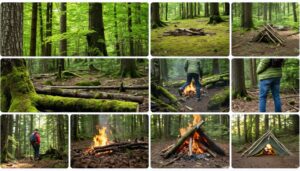

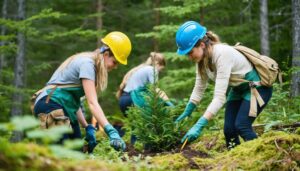

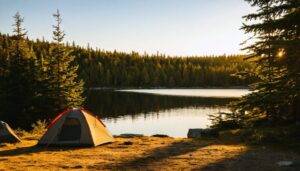
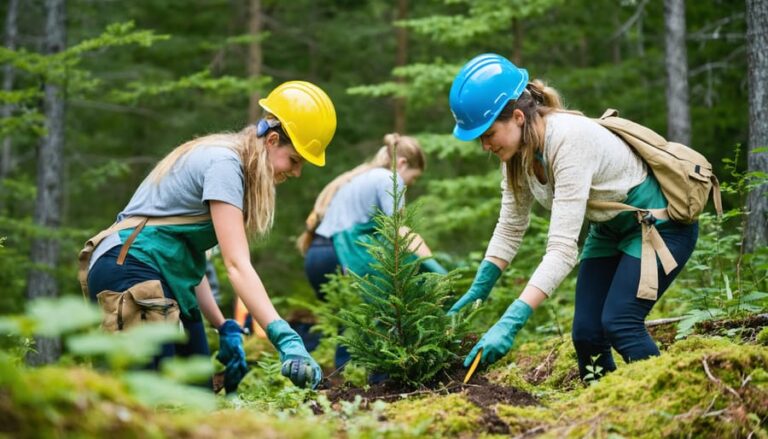
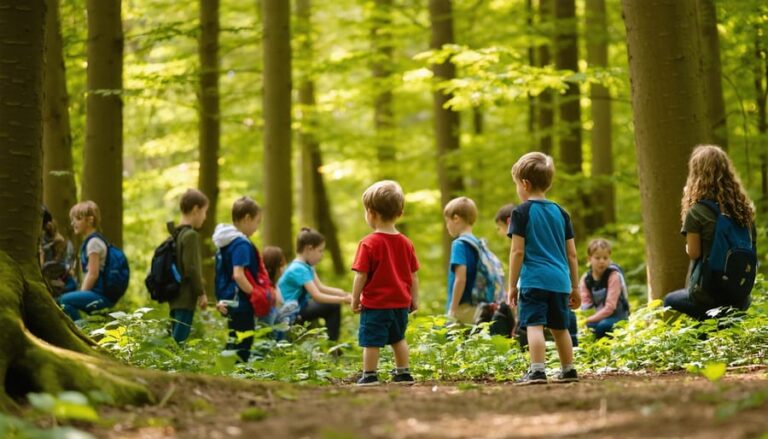
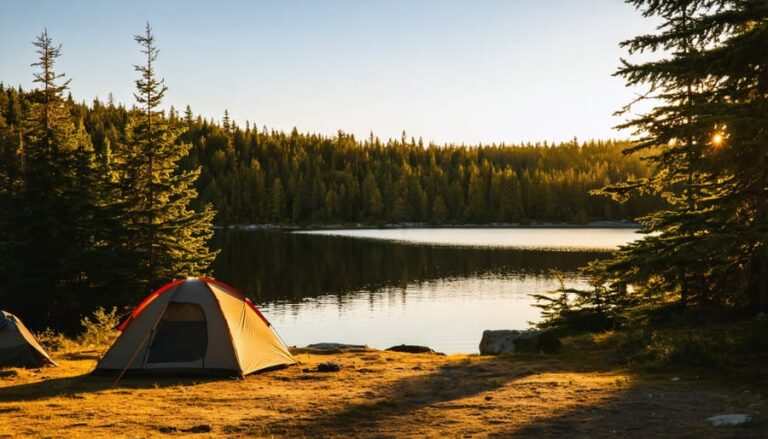


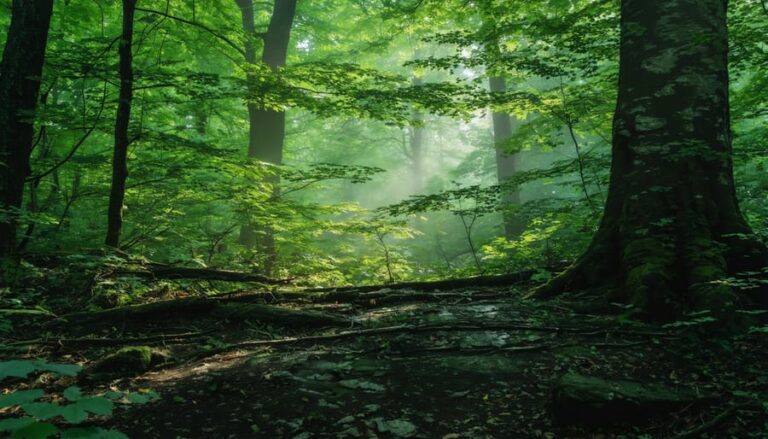
+ There are no comments
Add yours